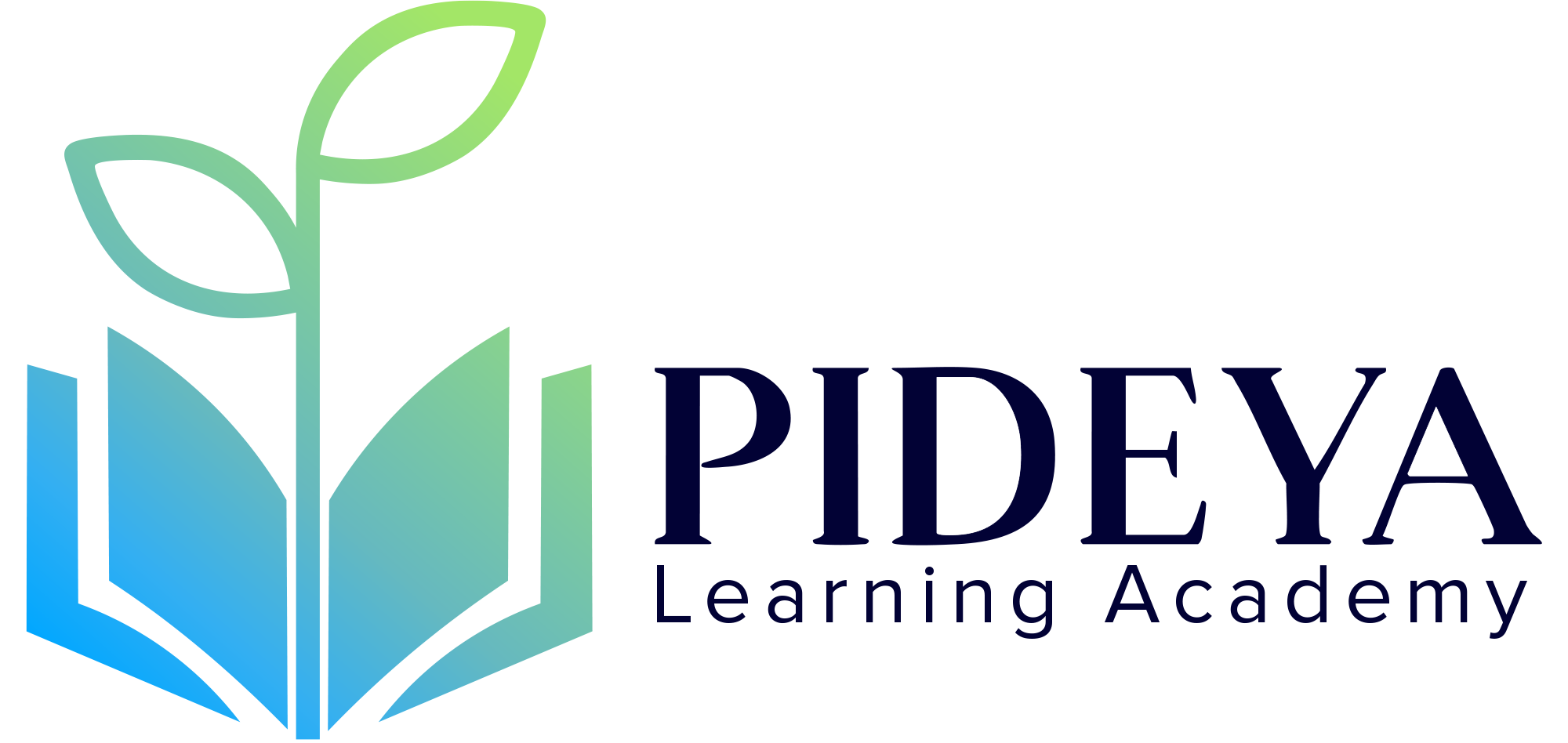In high-performing industrial environments, maintenance is no longer just a technical requirement—it’s a cultural cornerstone. While predictive technologies, digital twins, and AI-driven diagnostics are revolutionizing asset management, none of it succeeds without people. The real competitive advantage lies in cultivating a maintenance-first culture where every team—from operations to top leadership—prioritizes equipment reliability, safety, and long-term asset performance.
Why Culture Eats Maintenance Strategy for Breakfast
Peter Drucker famously said, “Culture eats strategy for breakfast.” The same applies to engineering excellence. A poorly maintained plant is often not due to the lack of tools or funding—but the absence of shared accountability, communication, and discipline.
Some common cultural challenges include:
- Maintenance seen as a cost center, not a value driver
- Poor communication between operations and maintenance teams
- Lack of structured training or upskilling programs
- No ownership of reliability metrics or downtime KPIs
- Short-term fixes taking precedence over long-term planning
The Shift Toward Proactive, People-Led Maintenance
To truly excel in maintenance and engineering, organizations must align their human capital with strategic goals. This involves:
- Cross-training teams through programs like Comprehensive Pumps and Compressors Operation and Maintenance to foster shared understanding
- Encouraging collaborative planning using Maintenance Planning and Management Program to break silos
- Embedding a sense of ownership through Training Program in Asset Integrity and Maintenance
- Setting reliability KPIs tied to performance appraisals
- Developing leadership through Achieving World-Class Maintenance Standards
Elevating Human Factors in African Industrial Settings
In the African context, the need to foster a skilled, motivated, and maintenance-conscious workforce is even more critical. Infrastructure development across energy, water, and manufacturing sectors depends heavily on capacity building. At Pideya Learning Academy, we provide tailored training that accounts for local realities—resource constraints, environmental conditions, and workforce diversity.
Courses like Condition Assessment for Power and Water Plants and Facilities Engineering and Construction Strategies are ideal for teams working in complex environments.
How to Build a Maintenance-First Culture
- Lead by Example: Top leadership must visibly support reliability and training
- Upskill Continuously: Enroll staff in Maintenance Practices from Fundamentals to Advanced to elevate baseline capabilities
- Celebrate Maintenance Wins: Recognize teams that prevent failures, not just fix them
- Measure What Matters: Use data from Digital-Age Maintenance Planning and Scheduling to track improvements
- Standardize with Global Frameworks: Apply learnings from Asset Management Techniques with ISO 55000
Final Thought
Technology can tell you what needs fixing, but only a strong organizational culture ensures that it actually gets done—on time, safely, and sustainably. At Pideya Learning Academy, we help build that culture from the ground up—one course, one team, and one mindset at a time.
If your goal is long-term reliability and organizational resilience, start by transforming how your people think about maintenance. Explore our Maintenance and Engineering Excellence Courses today.
References
- Reliabilityweb.com (2024). Culture is the Foundation of Asset Management.
- ISO 55000 Series. (2023). Asset Management Systems – Overview and Guidelines.
- McKinsey & Company. (2023). The People Side of Predictive Maintenance.
- Plant Services Magazine. (2024). Why Maintenance Culture Matters More Than Ever.
- World Bank Africa Infrastructure Reports. (2023). Engineering Capacity Building for Sustainable Development.
